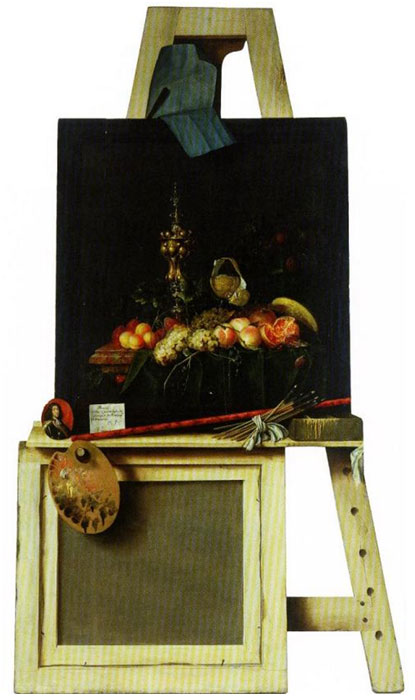Still-life painting emerged as a distinct genre and professional specialization in Western painting by the late 16th century and it’s earliest examples can be found almost 100 years before this in the early 1600s. Still Life as a genre began in the Netherlands and the English term still life derives from the Dutch word Stilleven. The early still life paintings, particularly before 1700, would often contain religious and allegorical symbolism relating to the objects depicted. later Still life would be depicted through different forms of technology including photographs, computer generated images, video and sound. There are several different types of still life paintings that have been recognized over the years, including;

Flower Pieces – Real flowers depicted in impossible or unrealistic arrangements. Different flowers would also represent different aspects of life such as love, death, God, Etc.

Fruit with Flowers – Fruits would also have symbolism for different things, but was most often used to reference religion

Breakfast Pieces – often painted in landscape to accommodate a large table. Food would often be shown as half eaten for realism.

Vanitas Paintings – A metaphor for transience (being aware of one’s own mortality) often shown with skulls and killed game which referenced the inevitability of death, Hourglass/watch represented the passage of time and an empty glass showed the general emptiness of life to only name a few symbols.

Trompe L’Oeil – opposite of Vanitas; they show the brighter, more illusionistic game piece or objects.

Curtain Paintings – draped theatrical curtain pulled to the side or knotted up in the foreground of the painting to show a sort of self-aware viewpoint.

Chantournés and Easels – Similar to Curtain paintings in concept, the subject is shown on its easel or a wooden frame that was a part of the presentation of the paintings



